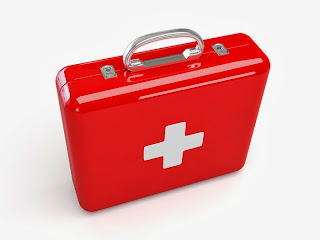 Hepatitis C is now emerging as the commonest cause
of liver cirrhosis and liver transplantation in developed countries. Most
patients seem to have contracted it more than 20 years ago through transfusion
of blood or blood products, as good screening tests for the virus were not
available then.
Hepatitis C is now emerging as the commonest cause
of liver cirrhosis and liver transplantation in developed countries. Most
patients seem to have contracted it more than 20 years ago through transfusion
of blood or blood products, as good screening tests for the virus were not
available then.
Mr RKA, a 50 year old patient, who suffers from Haemophilia
B, a condition in which the blood does not clot due to deficiency of a clotting
factor, contracted Hepatitis C 35 years ago when he took injections of Factor 9
concentrates from an Italian company. This injection is made from pooled plasma
of donated blood. Unfortunately, there were no tests then to screen these blood
products for Hepatitis C.
Although he did not experience any “liver” symptoms
for 15 years, he suddenly vomited blood one day from ruptured dilated veins in
his food pipe, when he was diagnosed with liver cirrhosis. He was found to have
hepatitis C in 1990 by blood tests that had become available then.
Getting rid of the virus was not easy. He had to
take injections of interferon and oral tablets of ribavirin. Despite occasional
fever, body aches and dipping haemoglobin levels that accompany the therapy, he
persevered for a year. He was rewarded with excellent results – the virus had
finally gone from his body for good.
He is now a successful businessman, and a proud
father of 2 grown up children. His liver is keeping good health too, although
he needs 6 monthly checks to ensure that a cancer does not develop in his
cirrhotic liver.
With Hepatitis B infection being brought down
rapidly by effective screening and vaccination policies adopted by over 150
countries, attention of scientists in the western world is turning more to the
challenges posed by the C virus.
Hepatitis B is easily preventable with vaccine,
available since 1982. It’s one of the safest and most effective
vaccines ever produced. Today more than 150 countries use it in their immunization
schedules. The disease has virtually disappeared from America, Europe and
Japan where it is diagnosed only in immigrants and travellers. It is being
ushered out in more than 100 other countries with the use of mass vaccination.
All it requires is three injections of the vaccine,
the second injection after 30 days and the third after 5 months.
Hepatitis C does not have a vaccine yet. There are
however 4 new promising oral drugs that are in the final phases of research,
that may obviate the need for injections and shorten the course to a few weeks.
They are expected to hit the market in 2015.
Each year on July 28 much needed
awareness drives are launched to celebrate World Hepatitis Day as the day
coincides with the birthday of Prof Blumberg, who won the Nobel Prize in 1976
for discovering the Hepatitis B virus.
His legacy lives on!
As published in HT City ( Hindustan Times) dated 28 July, 2013.











